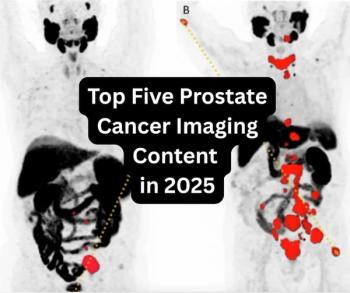
Catch up on the most well-viewed prostate cancer imaging content from 2025.

Catch up on the most well-viewed video interviews from 2025.
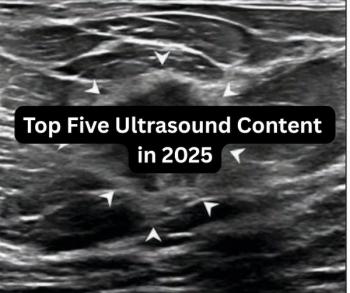
Catch up on the most well-viewed ultrasound content from 2025.

Savvy negotiating for a new radiology gig requires a deft blend of flexibility and problem solving, and a willingness to walk away if you’re not seeing the same attributes on the other side of the table.

Catch up on the top radiology content of the past week.

In an interview at the recent RSNA conference, Chris Davis, DMSc, PA-C, RT, discussed key considerations with the integration of advanced practice providers (APPs) into radiology.
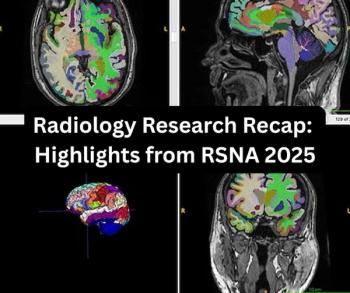
Catch up on the latest CT, MRI, ultrasound and PET imaging research from the recent RSNA conference.
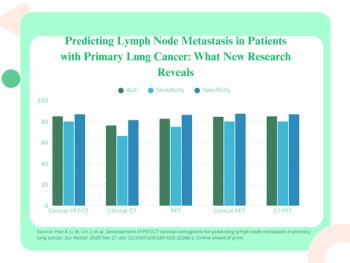
For patients with primary lung cancer, a nomogram incorporating PET, CT and clinical findings offered an 87.7 percent AUC for predicting lymph node metastasis and over a 19 percent higher sensitivity than a PET-based model for predicting small lymph node ( > 1 cm) metastasis.

In a reeent interview, Jenifer Pitman, M.D., discussed key findings from a large knee MRI study, presented at the RSNA conference, which demonstrated significant gender differences with ACL, MCL and medial meniscal injuries.
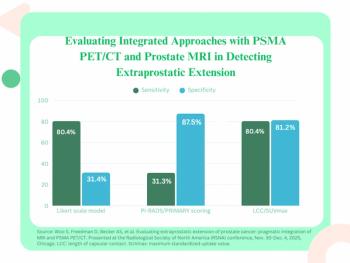
In a comparative study presented at the recent RSNA conference, researchers found that the combination of capsular contact length from MRI and SUVmax data from PSMA PET/CT yielded greater than 80 percent sensitivity and specificity for extraprostatic extension.

In an interview at the recent RSNA conference, Sriyesh Krishnan, M.D., discussed pertinent principles in assessing AI models, ongoing monitoring of the adjunctive value and an unyielding focus on patient care.
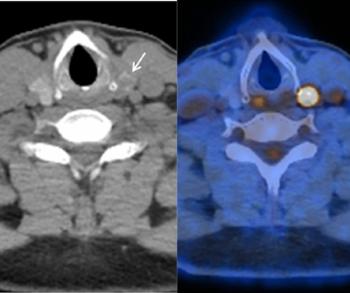
Irregular CT margin and an SUVmax > 6.25 were associated with greater than threefold and sixfold higher risks, respectively, for malignancy among patients with thyroid incidentalomas detected on PET/CT, according to new research.

In a recent interview at the RSNA conference, neuroradiologist Emanuel Kanal, M.D., discussed key findings from a committee of the American Board of Magnetic Resonance Safety with respect to MRI technologist responsibilities and how the advent of remote MRI scanning and related protocols may lead to increased MRI safety.
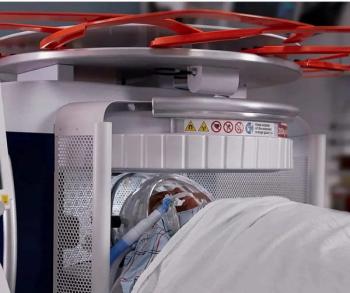
The multi-directional diffusion-weighted imaging (DWI) sequence reportedly bolsters small stroke detection and infarct differentiation for portable MRI of the brain.

While negativity may seem pervasive at times in health care, staying centered and above the fray keeps us focused on our mission of patient care.

Catch up on the top radiology content of the past week.

Catch up on the latest research and insights from Constance Lehman, M.D., Rajesh Bhayana, M.D., Stamatia Destounis, M.D., and more with Diagnostic Imaging interviews from the recent RSNA conference.

In a recent interview, Tyler Coombes, M.D., and Parth Patel, M.D., discussed recent research, presented at the RSNA conference, which suggested that quantitative evaluation of non-calcified plaque volume (NCPV) may offer significant utility for cardiovascular risk stratification.
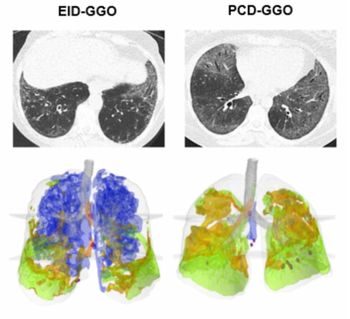
For patients with systemic sclerosis, the combination of PCCT and automated Lung Texture Analysis (LTA) offered a higher AUC for detecting interstitial lung disease (ILD) at a 70 percent lower mean CT dose index than the pairing of EID-CT and LTA.
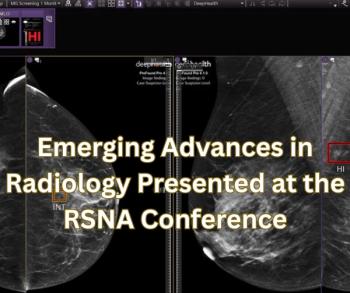
Whether it was a new advance in 3T MRI, emerging mammography-based AI technology, promising enterprise imaging platforms or new ultrasound devices, here is a recap of some of the product innovations launched or showcased at the annual RSNA conference.

In a recent interview, Layne Dylla, M.D. discussed key findings from a recent study that revealed a doubling of annual head CT scans in emergency department settings over a 15-year period.
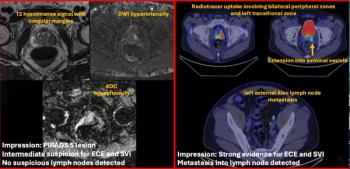
Noting limitations of prostate MRI and advantages of PSMA PET/CT for detecting extraprostatic extension and lymph node involvement, researchers explored the potential utility of standalone PSMA PET/CT in prostate cancer staging in a review presented for the RSNA conference.

Reviewing an array of study presentations from the recent RSNA meeting, this author discusses insights from emerging research, ranging from the use of large language models (LLMs) in radiology reports to the potential impact of LLM assistance in differential diagnosis for brain MRIs.

In a recent interview at the RSNA conference, Rajesh Bhayana, M.D., discussed current research findings on the use of large language models (LLMs) in radiology and emerging LLMs that may have an impact.
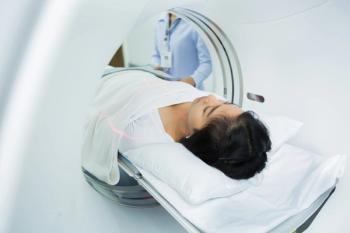
Providing automated analysis of non-contrast head CT scans, the AI-enabled Scaida BrainCT-ICH software offers a specificity of 88.7 percent for intracranial hemorrhage detection with less than six seconds of processing time.

Don’t overreact, keep your options open and develop off-ramps so you’re prepared regardless of the changes to come with AI.

Catch up on the top radiology content of the past week.

In a recent interview at the RSNA conference, Roland Rott shared his perspective on the planned acquisition of Intelerad by GE HealthCare along with insights on key synergies and future directions.

In a recent interview at the RSNA conference, Manisha Bahl, M.D., discussed new research examining the use of slab reconstruction technology with digital breast tomosynthesis (DBT), and its potential in reducing interpretation time and imaging volume.

In a recent interview at the RSNA conference, Talissa Altes, M.D., and Konstanze Diefenbach, M.D., discussed the potential utility and recent research findings on the use of the MRI contrast agent gadoquatrane for pediatric patients.